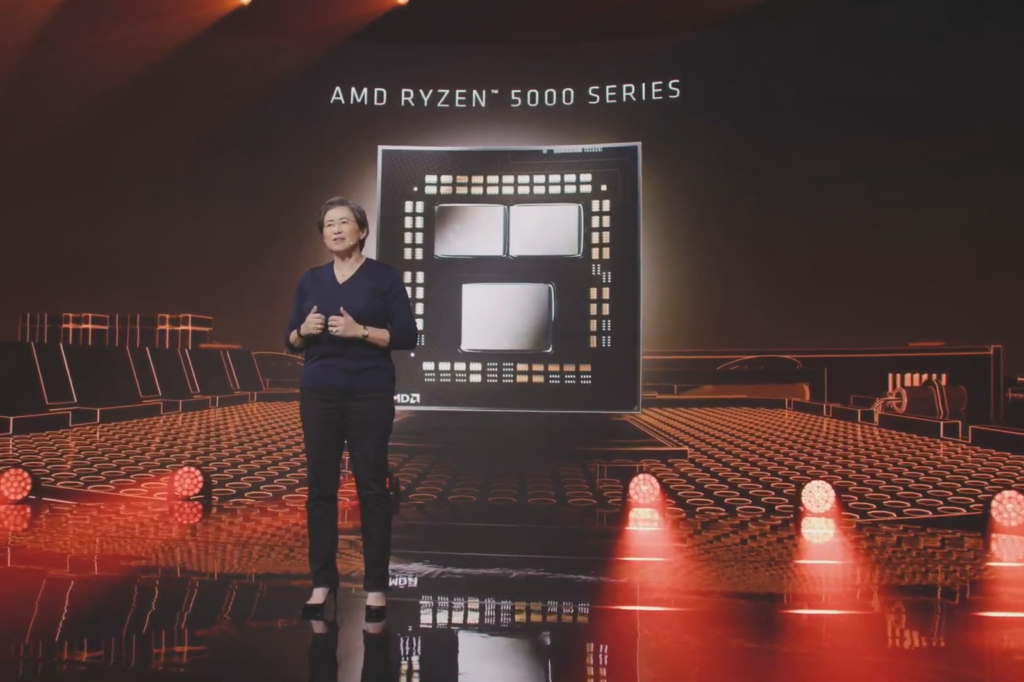Winners and Losers: Ryzen, Ampere and Apple Silicon duke it out for computing’s top slot
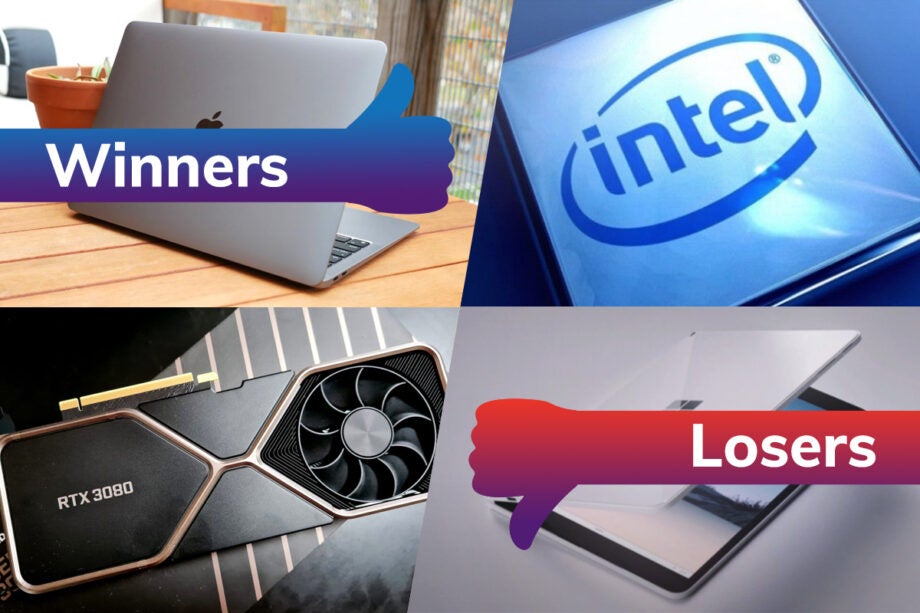
It’s been a busy year in the computing world, with a number of outstanding devices hitting stores throughout 2020 from ground-breaking laptops to graphics cards that have arguably overshadowed the likes of the PS5 and Xbox Series X.
But who are the winners and losers of the computing sector in 2020? We’ve explored the highs and lows of the industry, highlighting the companies that will be celebrating 2020 as a success story, and naming and shaming those who have had a year to forget.
So without further ado, here are the winners and losers of computing in 2020:
Winners: AMD
AMD has had a fantastic year, launching several successful products including the Ryzen 4000 laptop processors, Ryzen 5000 desktop processors and the Radeon 6000 (aka Big Navi) graphics cards. That’s not too shabby at all.
AMD has previously been viewed as the underdog in its rivalries with both Intel and Nvidia, sticking faithfully to a tactic of offering budget-friendly alternatives but rarely going toe to toe in the high-end market. That changed in 2020, as AMD pulled out the big guns to become fiercely competitive. Now you can build a top of the range gaming desktop PC with an AMD graphics card and processor pairing, complete with 4K and ray tracing support.
Of course, AMD isn’t quite at the top of the pedestal just yet, with the lack of a DLSS equivalent arguably holding it back from trumping Nvidia’s 30-Series graphics cards. But with a busy roadmap in 2021, it looks like AMD will only go from strength to strength.
Related: What is ray tracing?
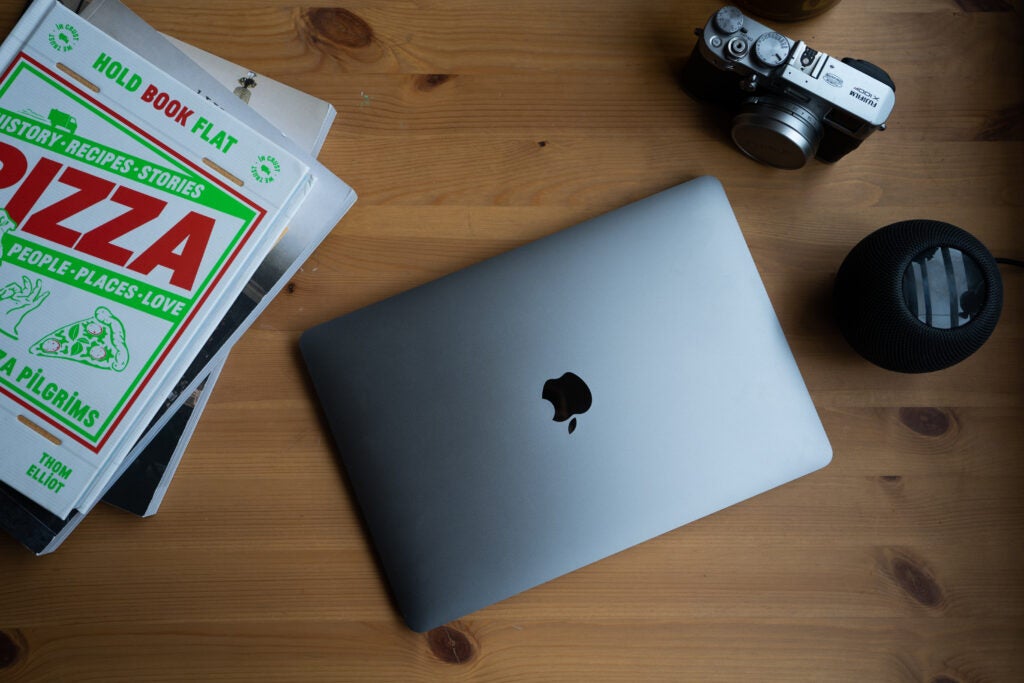
Winners: Apple
Apple sent shockwaves through the industry in 2020 when it announced it will be ditching Intel processors in favour of its own Apple Silicon chips. Given Arm’s relative infancy in the laptop world, it was deemed to be a risky move, but the launch of the MacBook Air with M1 chip showed that it’s one of the best decisions Apple has ever made for its MacBook range.
Our own review showed the new M1 chip gave the MacBook Air incredibly better battery and performance results when compared to the corresponding Intel configuration. What’s more, moving the MacBook to the same processor architecture as its iPhone and iPad devices means Apple will be able to build a more cohesive ecosystem, where all its hardware can share the same app store.
This only marks the beginning of the MacBook revolution too, with the iMac and MacBook Pro 2021 expected to follow suit. It’s a very exciting time to be a MacBook fan, and that’s all credit to Apple for taking such a risk.
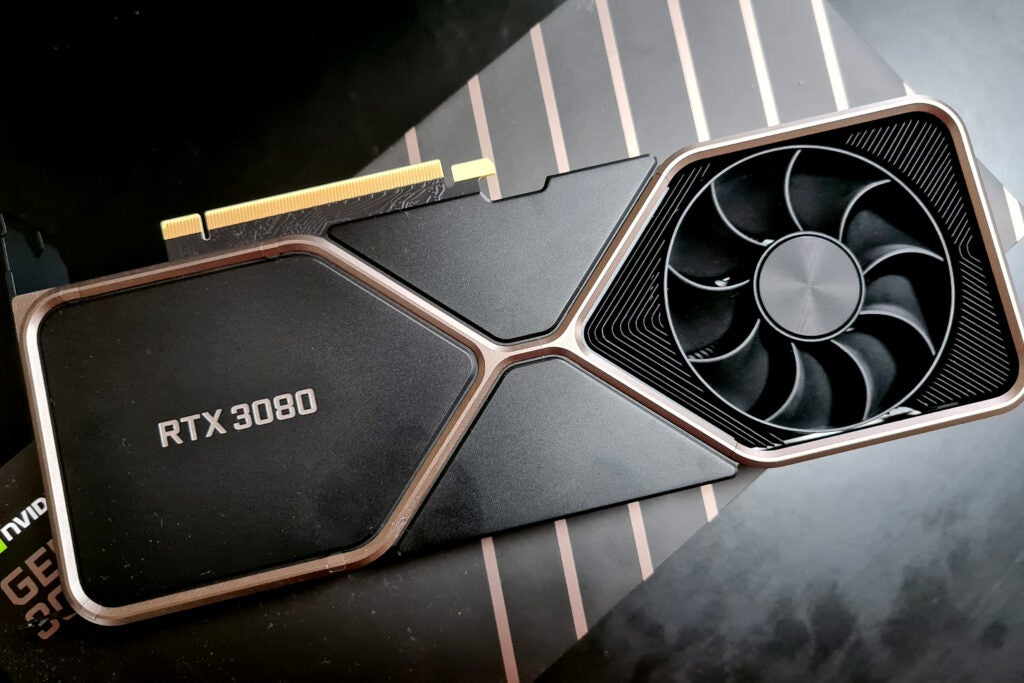
Winners: Nvidia
The PS5 and Xbox Series X consoles dominated headlines in 2020, but the most impressive gaming hardware launched in 2020 was arguably the Nvidia RTX 3080 graphics card. Yes, it’s pretty expensive with a starting price of £649 and stock issues have meant it’s difficult to purchase even if you have the money, but this remains one of the absolute best options for playing AAA in 4K with stunning ray tracing visuals.
Furthermore, Nvidia introduced DLSS 2.0 earlier this year, which has seem outstanding success in pushing up the frame rate performance of a game without compromising the visual quality. This sole feature is arguably the most important factor in Nvidia keeping its graphics card crown despite the increasingly fierce competition from AMD.
It’s also worth remembering that Nvidia launched GeForce Now earlier this year, which is a cloud-streaming platform that allows you to play AAA games such as CyberPunk 2077 on the likes of a smartphone, Chromebook or iMac. The technology is very impressive and has dealt a serious blow to Google Stadia‘s ambitions before the competition has even had a chance to heat up. And with Nvidia currently in talks to acquire Arm, this company is only going to improve.
Related: Best Graphics Card 2o20

Credit: iStock
Losers: Graphics card hopefuls
While AMD and Nvidia have both managed to secure their spot as winners on this list, it should also be remembered that both companies have suffered major setbacks in terms of stock supply. It’s been very difficult for gamers to get their hands on the new GeForce and Radeon graphics cards, which no doubt dampened the hype of these extraordinary components.
Can we point the blame at AMD and Nvidia for such a debacle? It’s hard to say. The Covid-19 pandemic likely played a massive part in disrupting the supply chain, and it would feel harsh to criticise companies for not overcoming such an obstacle. And while there’s clear evidence of scalpers buying graphics cards in bulk and then selling them on at inflated prices, we’ve seen the same issues occur with PlayStation, Xbox and third-party retailers, proving that there’s no easy solution.
There’s no question that gamers have come away very disappointed by all this though, especially in a year where escapism has become so important. But at least we know the next-gen graphics cards should come back in stock eventually.
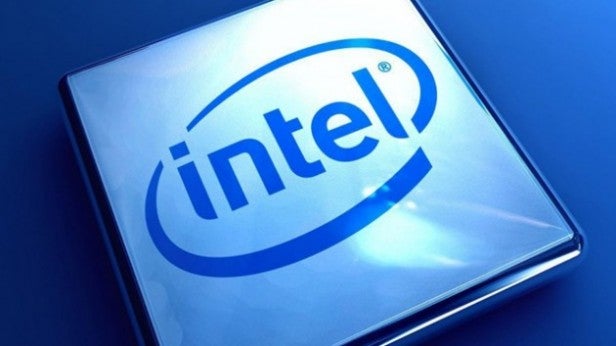
Losers: Intel
Intel is arguably the grandfather of the computing world, so it feels somewhat blasphemous to call the company a ‘loser’ in 2020. But it can’t be ignored that the company has suffered several major setbacks in 2020.
Firstly, Intel got dumped by Apple, with the latter deciding to start using its own custom-built processors. Statistic site Statista claims that Apple shipped 14.5% of all PC units in the US, demonstrating how much of a blow this could be for Intel, while also increasing concerns that Arm processors could eat into Intel’s revenue in the future.
Intel also announced that its 7nm processors have been delayed to 2022, which will be a hammer blow to the company’s hopes of gaining a significant lead on the increasingly competitive AMD Ryzen chips.
Does this mean Intel is on a decline? Not at all, as the company has still had several moments worth celebrating in 2020, including the launch of its Tiger Lake laptop processors, Xe graphics architecture and Lakefield hybrid chips. Intel has plenty more exciting projects in the pipeline too, so expect it to bounce back strong in 2021.
Related: Best Laptop 2020
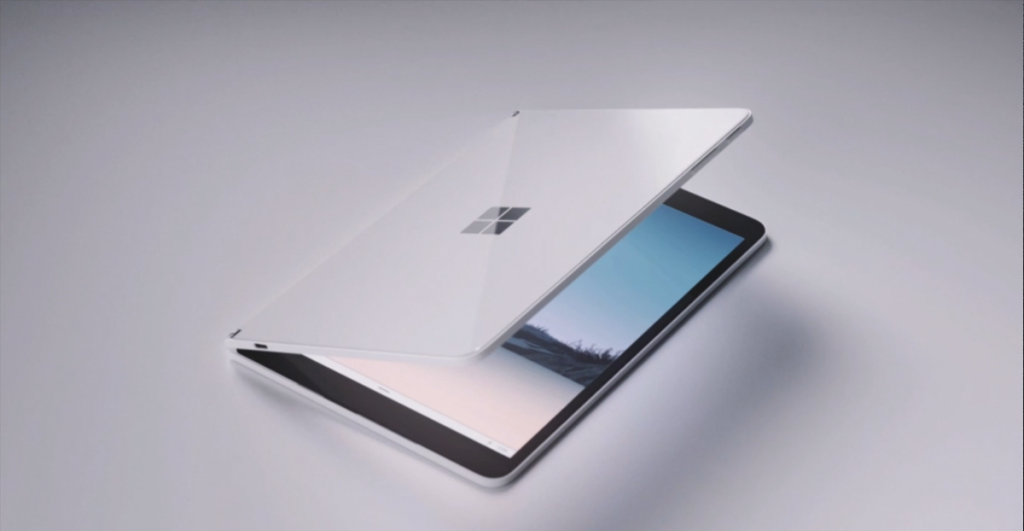
Losers: Microsoft
This is one we didn’t expect. Microsoft looked to be in a fantastic position at the start of 2020, with the dual-screen Surface Neo quickly becoming one of the most hotly anticipated gadgets of the year and the Surface range continuing its hot streak of form. But it’s fair to say things didn’t go to plan for Microsoft this year.
The delay of the Surface Neo was perhaps the biggest disappointment, simply because we have to wait longer than expected to get our hands on the ground-breaking device. With Chief Product Officer, Panos Panay, showing off a unit as early as 2019, the new 2021 launch window initially felt like a very, very long wait.
Microsoft has also seen compatibility issues with Arm laptops running on Windows 10, which is especially problematic now Apple is demonstrating the benefits that Arm architecture can bring to laptops. Windows 10X is viewed as the solution to these issues, but Microsoft reportedly delayed the launch from Fall 2020 to Spring 2021. With so much importance riding on this new software, we’re extremely hopefully it doesn’t get pushed back any further.
And to put the cherry on top of a disappointing year for Microsoft, it failed to launch the hotly rumoured Surface Laptop 4 and Surface Pro 8 device. Microsoft did at least release the affordable Surface Laptop Go and Surface Go 2 devices, but much more work is needed if Microsoft wants to maintain its position as one of leading companies in the computing hardware space.


